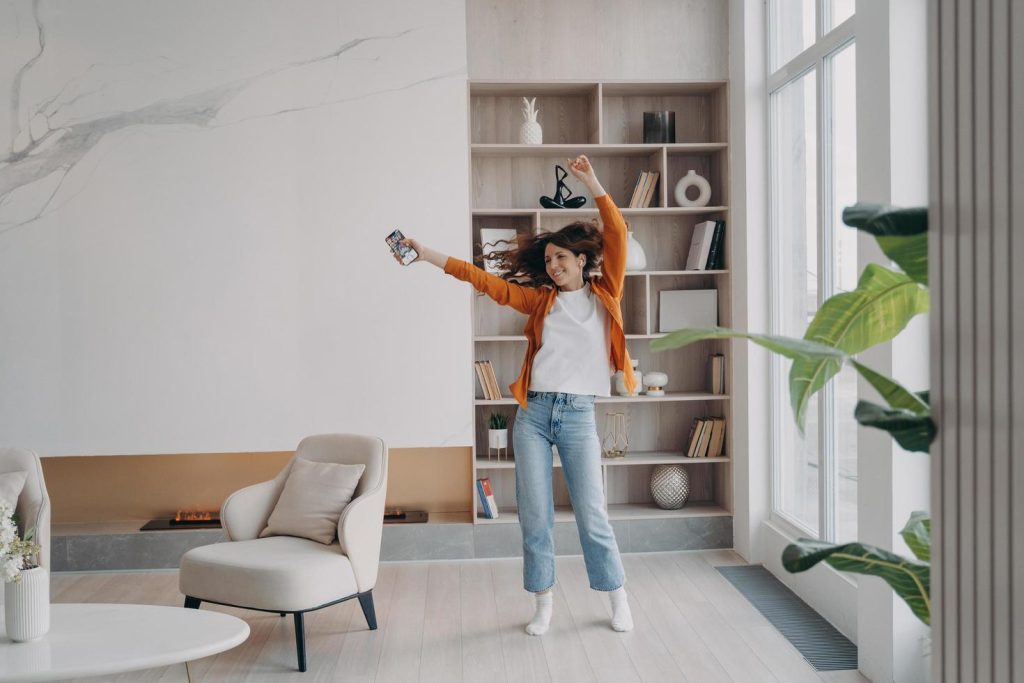In a world filled with material possessions and constant consumerism, the concepts of minimalism and aesthetic living have gained popularity as ways to declutter and simplify our lives. Both minimalism and aesthetic living focus on creating a more intentional and fulfilling lifestyle, but they do so in different ways. In this article, we will explore the differences between minimalism and aesthetic living and help you determine which lifestyle may fit you best.
Minimalism is a lifestyle that focuses on living with less – less stuff, less clutter, and less distraction. It is about simplifying your life and eliminating excess in order to focus on what truly matters. Minimalists often follow the principle of “less is more” and aim to live with only the essentials. This can mean decluttering your home, simplifying your wardrobe, and prioritizing experiences over material possessions. Minimalism is not about depriving yourself, but rather about making conscious choices and living with intention.
On the other hand, aesthetic living is more focused on creating a visually pleasing environment and surrounding yourself with things that bring you joy. Aesthetes value beauty, design, and style, and strive to create a harmonious and visually appealing space. Aesthetic living is about curating your surroundings in a way that is pleasing to the senses and reflects your personal style. This can involve investing in quality pieces, incorporating art and design into your home, and paying attention to detail.
While minimalism and aesthetic living may seem like opposing concepts, they are not necessarily mutually exclusive. In fact, many people incorporate elements of both lifestyles in order to create a space that is both simple and visually appealing. The key is to find a balance that works for you and aligns with your values and priorities.
So, which lifestyle fits you best? To help you determine whether minimalism or aesthetic living is the right choice for you, consider the following questions:
1. What are your priorities?
Think about what is most important to you in life. Are you more focused on experiences and relationships, or do you value aesthetics and design? Understanding your priorities can help you determine whether minimalism or aesthetic living aligns more closely with your values.
2. How do you feel in cluttered spaces?
Consider how you feel in a cluttered or messy environment. Do you feel stressed and overwhelmed, or do you find inspiration and creativity in a visually stimulating space? Your reaction to clutter can be a good indication of whether minimalism or aesthetic living is a better fit for you.
3. What brings you joy?
Think about the things that bring you joy and make you happy. Are you more fulfilled by experiences and memories, or do you find pleasure in surrounding yourself with beautiful objects and design? Understanding what brings you joy can help you determine which lifestyle will make you happiest.
4. How much do you value simplicity?
Consider how important simplicity is to you in your daily life. Do you find peace and contentment in a minimalist lifestyle, or do you prefer a more decorative and visually stimulating environment? Understanding your preference for simplicity can help you determine whether minimalism or aesthetic living is a better fit for you.
Ultimately, whether you choose to embrace minimalism or aesthetic living, the most important thing is to create a space that reflects your values and brings you joy. Both lifestyles offer benefits in terms of decluttering, simplifying, and creating a more intentional and fulfilling life. By considering your priorities, how you feel in your environment, what brings you joy, and your preference for simplicity, you can determine whether minimalism or aesthetic living is the right choice for you.
In conclusion, minimalism and aesthetic living are both valuable lifestyles that can help you create a more intentional and fulfilling life. Whether you choose to embrace minimalism, aesthetic living, or a combination of both, the key is to create a space that aligns with your values and priorities. By considering your priorities, how you feel in your environment, what brings you joy, and your preference for simplicity, you can determine which lifestyle fits you best. Ultimately, the most important thing is to create a space that makes you happy, inspired, and at peace.

